“Essl Museum” becomes “Albertina Klosterneuburg”
Essl Museum was yesterday. Today, the former private museum in Lower Austria is called "Albertina Klosterneuburg" - and has finally reopened. A text by Sabine B. Vogel.
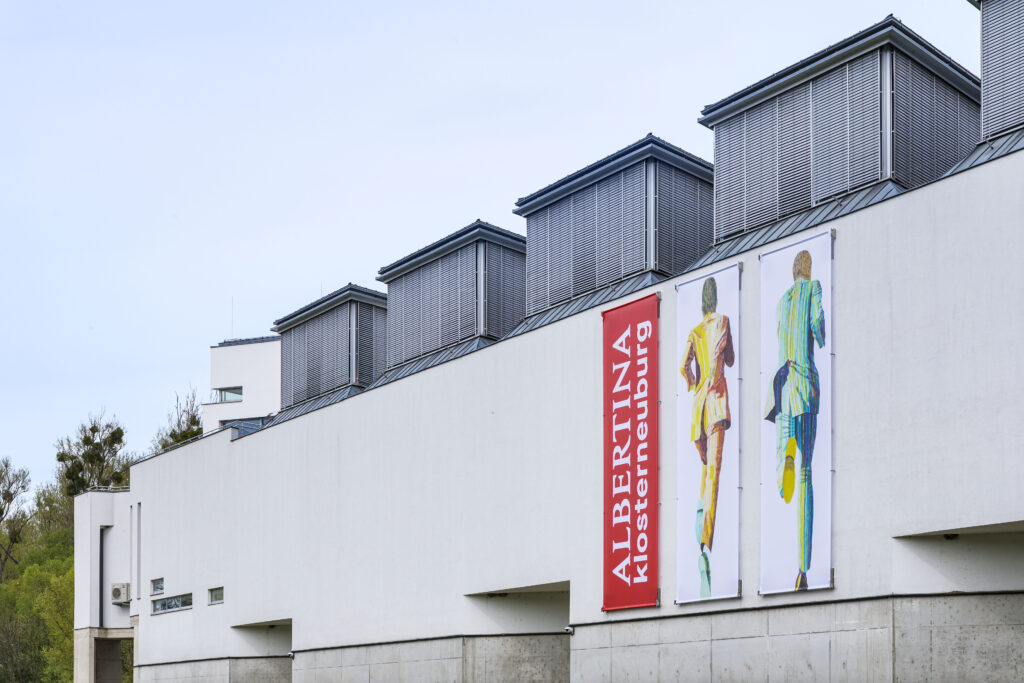
© Rupert Steiner
This step is preceded by a long history: for almost two decades, the Essl Collection was one of the best-known private collections in Austria. Thanks to their DIY chain Baumax, Karlheinz and Agnes Essl were able to acquire paintings from Austria, Germany, and increasingly also from Central and Eastern Europe as far afield as China, and present them in their private museum in Klosterneuburg, designed by Heinz Tesar, from 1999 onwards. But in 2014/15, the Baumax company ran into difficulties and was broken up – which also affected the collection. A purchase offer to the Austrian state was unsuccessful at the time. Instead, building contractor Hans Peter Haselsteiner acquired 60 percent of the collection plus the museum. 40 percent remained in the Essl family, most of which they donated to the Albertina in 2017.
While the initial deal at the time was to keep the museum in Klosterneuburg, it was closed in 2016. Now, after nine years, it is finally reopening. Although the building has been rented by the Albertina since 2017, it has only been used for storage and restoration workshops until now. A number of adaptations were needed for the next step: Thermal optimization was carried out, the lighting was switched to LED, a photovoltaic system was installed on the roof and air conditioning was installed in the rooms. Some of the other interventions were radical. For example, the entire window front in the main room has been closed at the top – the art has been “sealed off from the harmful western light”, as Schröder explains at the press conference. Instead of the long corridor, we now follow a zigzag course with short partitions as we walk through the exhibition. Eva Schlegel’s artistically printed glass front on the second floor, which used to separate the cafeteria from the exhibition space, is now wrapped in a short, thick wall – the work can be uncovered again at any time, Schröder emphasizes. The former cafeteria has become a room for drawings, the walkway one floor below has been closed off by a partition wall. A small cafeteria is now located on the second floor. 3000 square meters of exhibition space are now available.
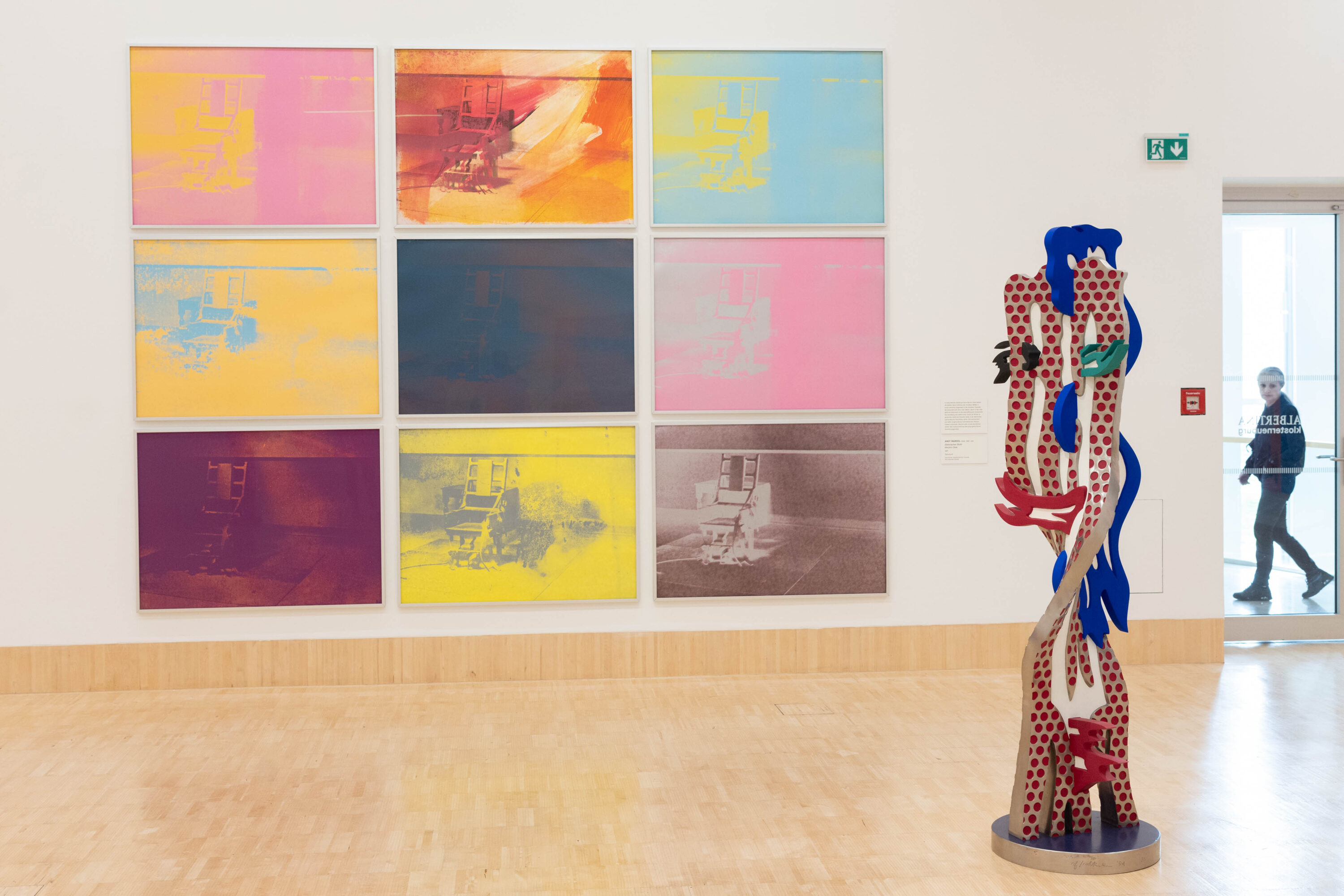
© eSeL.at - Lorenz Seidler
The most radical change is certainly the renaming – which also manifests the new claim: from a private collection to a museum. Because the Albertina Klosterneuburg is a fully-fledged part of the Albertina, “major works” will always be on display here, emphasized Schröder at the press conference.
To kick things off, 165 works from the contemporary art collection are on display, around 40 percent of which are from the former Essl collection. In total, the Albertina has over 65,000 works of contemporary art, as curator Constanze Malissa mentions. She conceived the three major themes for the opening show in Klosterneuburg: “Pop Art – The Bright Side of Life”, “From Hundertwasser to Kiefer – From the Symbol of Freedom to the Shadows of the Past” and the sculpture focus “The Damaged World”. Some works, such as the late work of Kiki Kogelnik, can be seen here for the first time.
A sculpture garden is also planned for the Albertina Klosterneuburg once the temporary buildings of the neighboring private high school have been dismantled. By then, we will also know whether the concept of a branch “on the periphery of the federal capital”, as Schröder describes it, will work. So far, everything has been “achieved solely from the Albertina’s earning power”, explains Albertina Managing Director Renate Landstetter. In order to keep costs manageable, there will be a “seasonal opening” from April to November 3rd. And hopefully also income from admission fees, which are comparatively low at 9 euros. But the Albertina Klosterneuburg is not primarily about the number of visitors, emphasizes Schröder. It is important to have another station: as a show depot, as a study room and for “many small exhibitions”, in which donations such as the 40 works by Hans Arp can soon be exhibited. “The collection is growing, and the Albertina is growing with it,” summarizes Schröder.
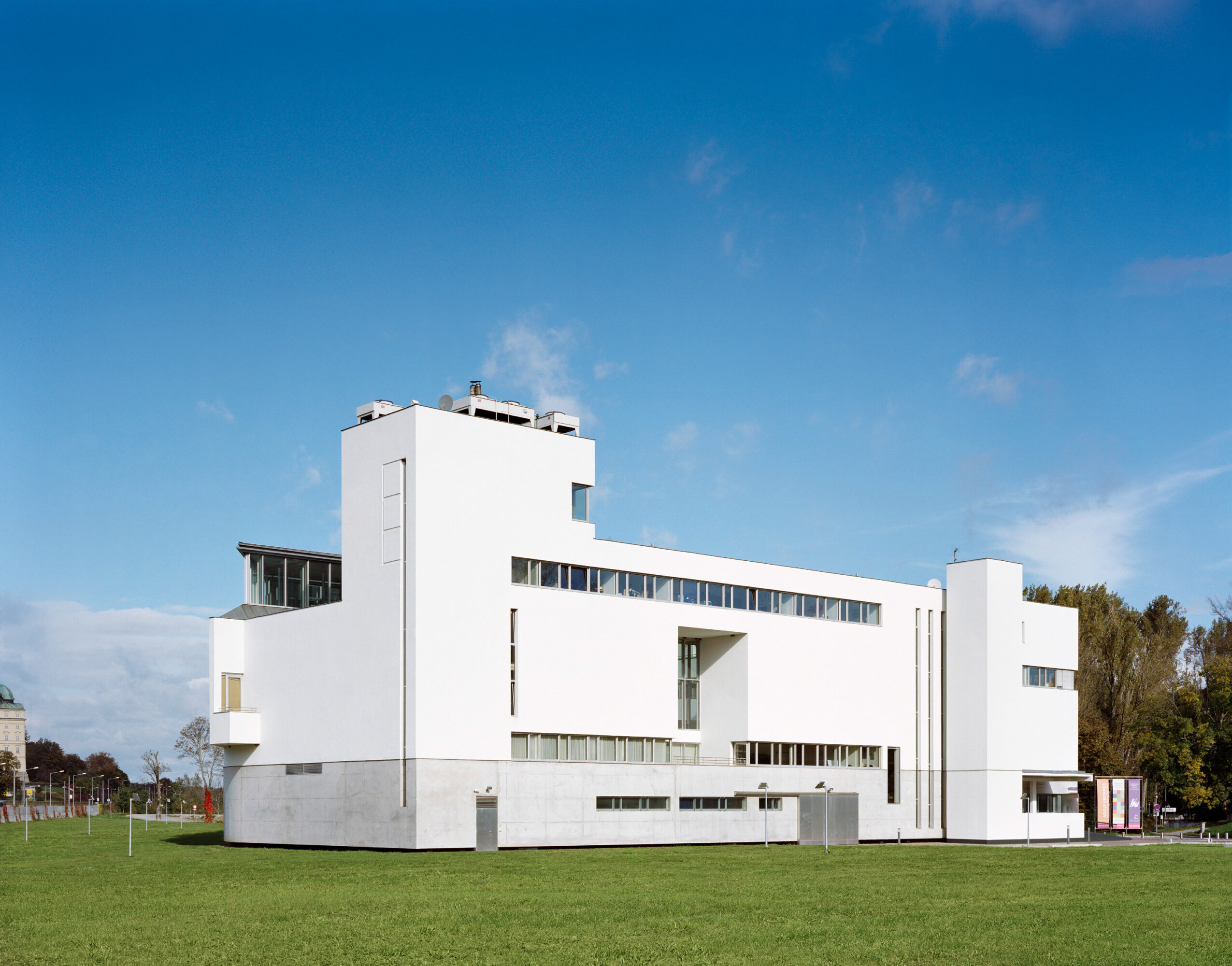
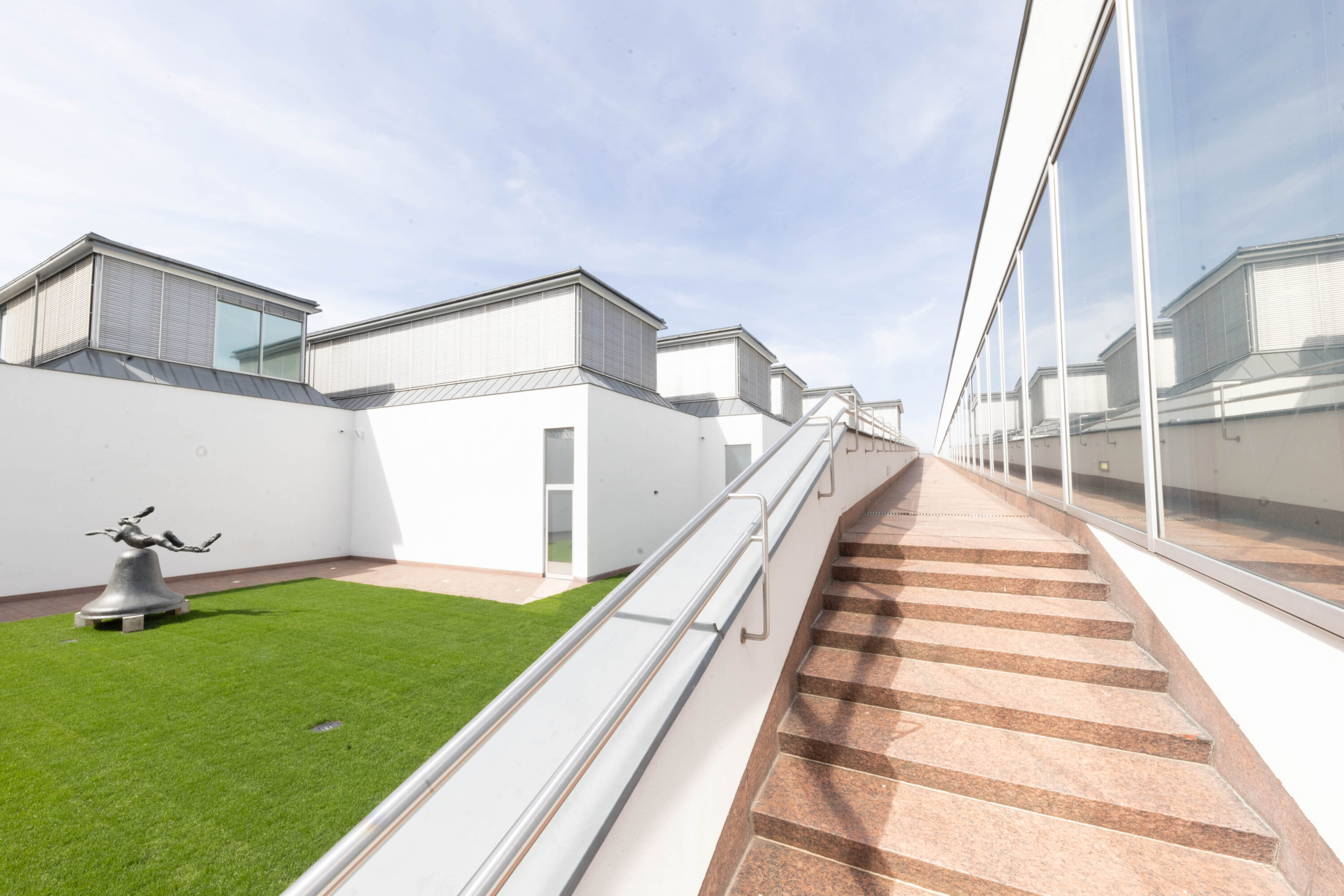
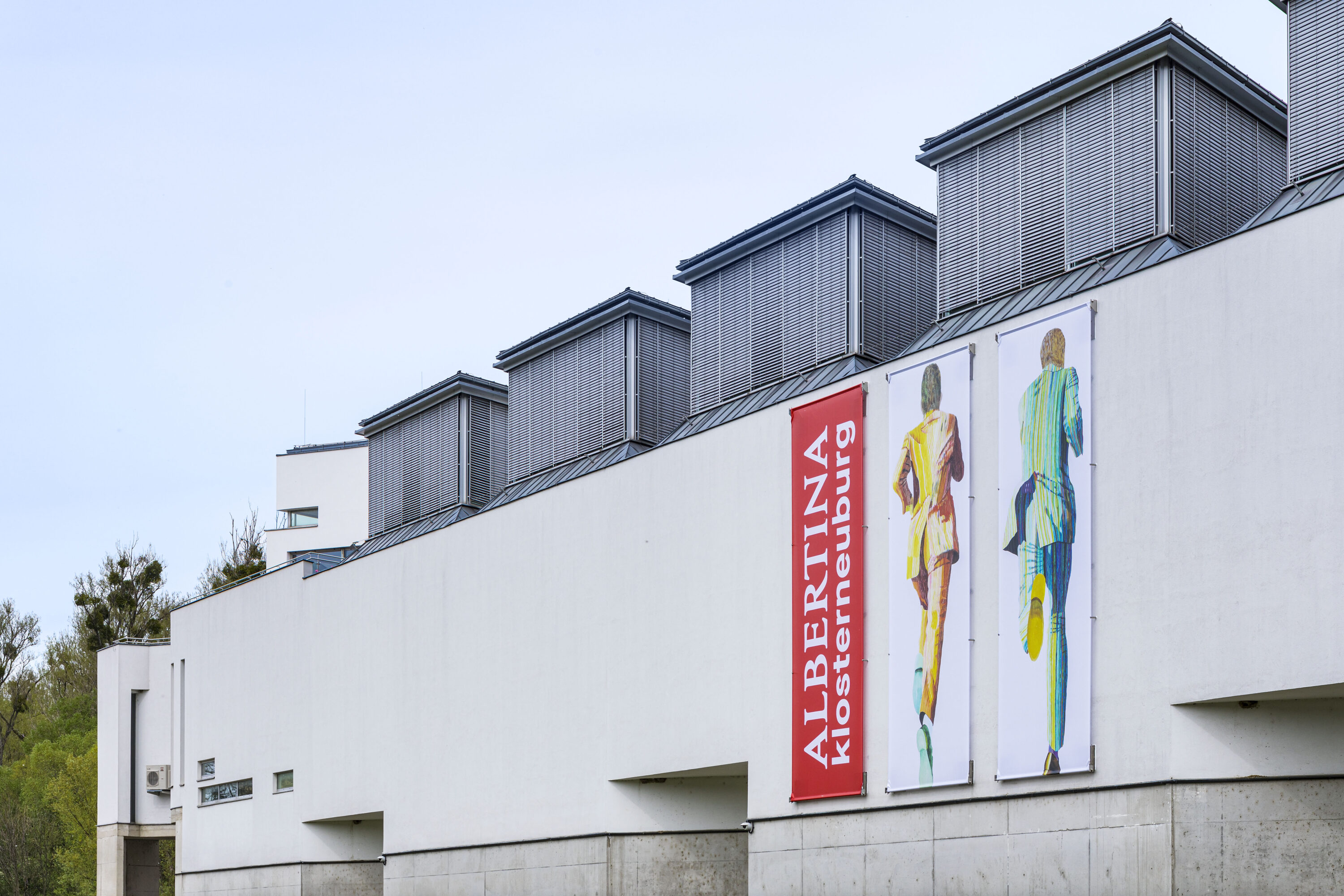
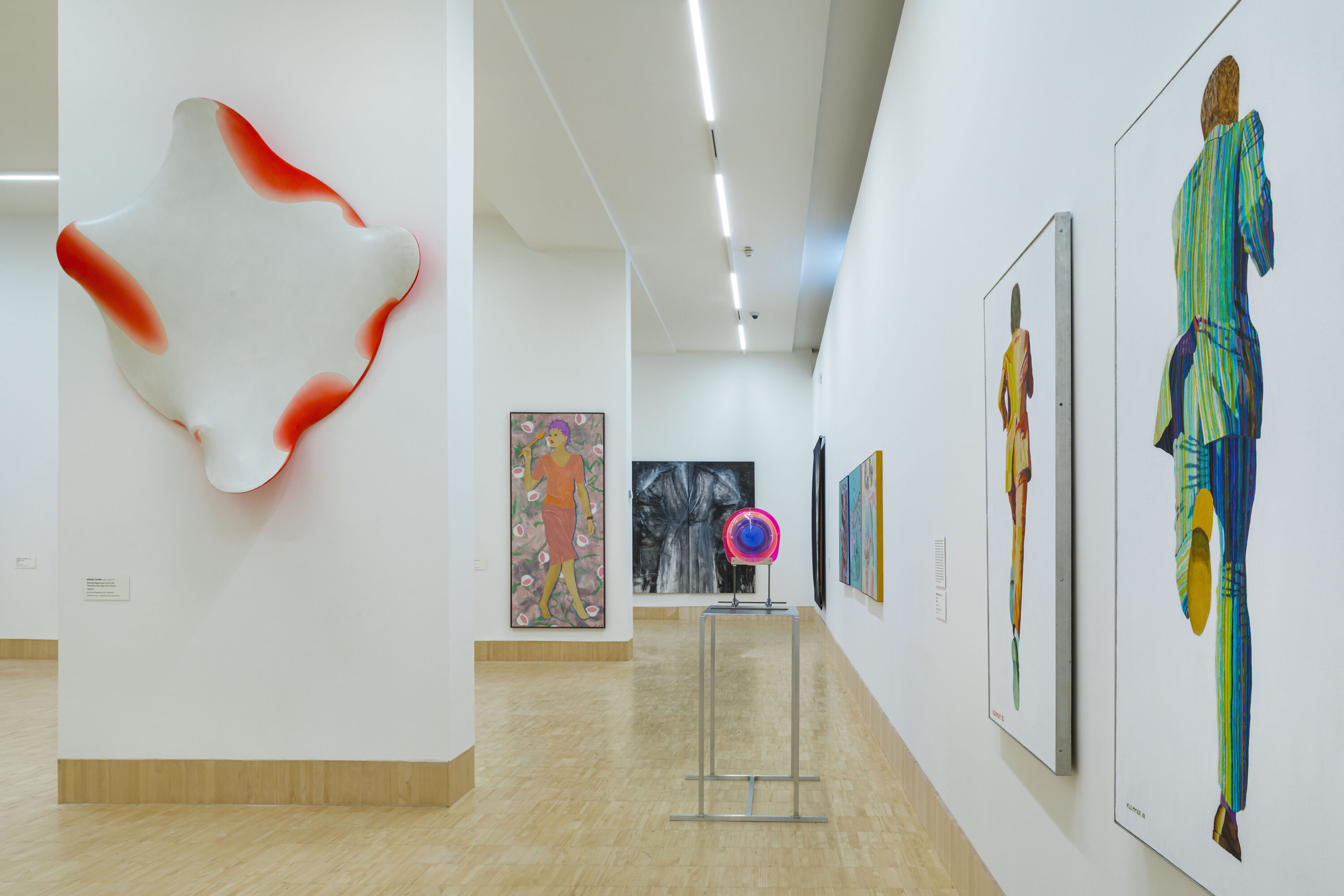
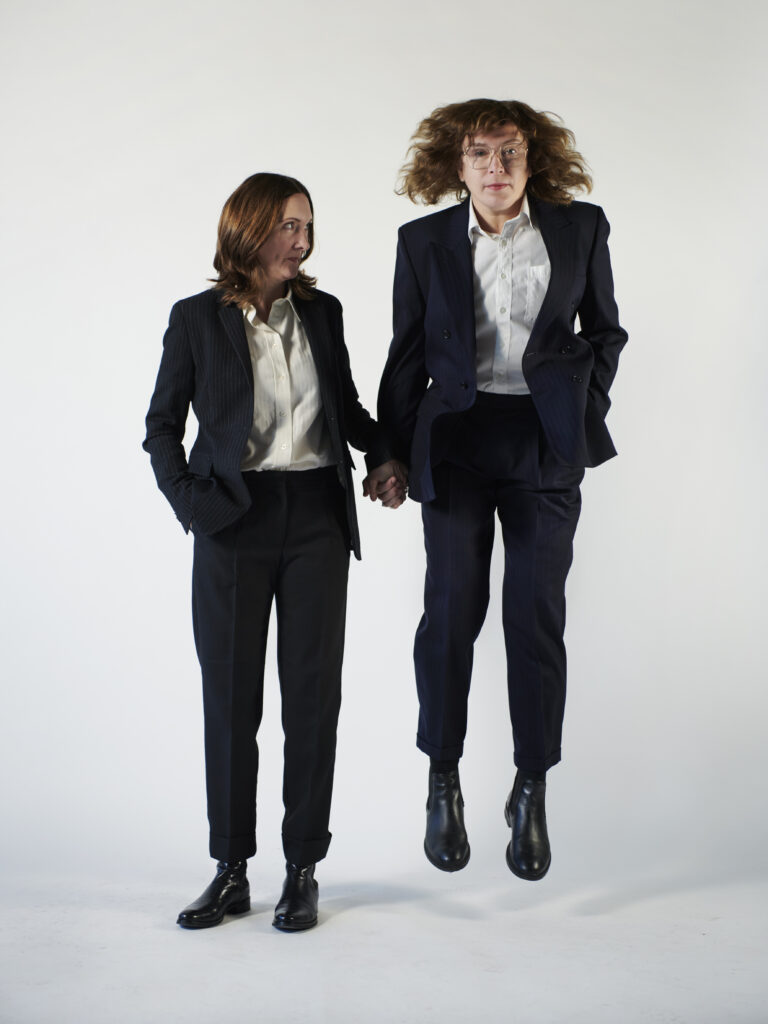
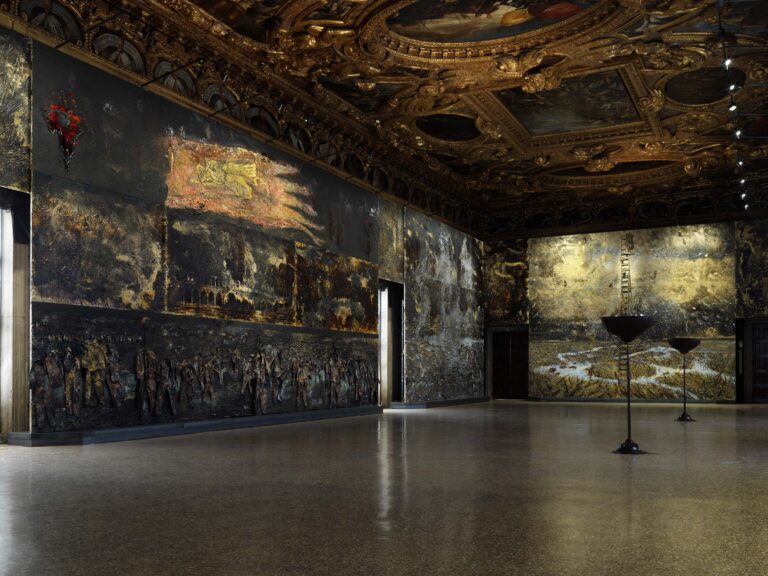
 and then
and then